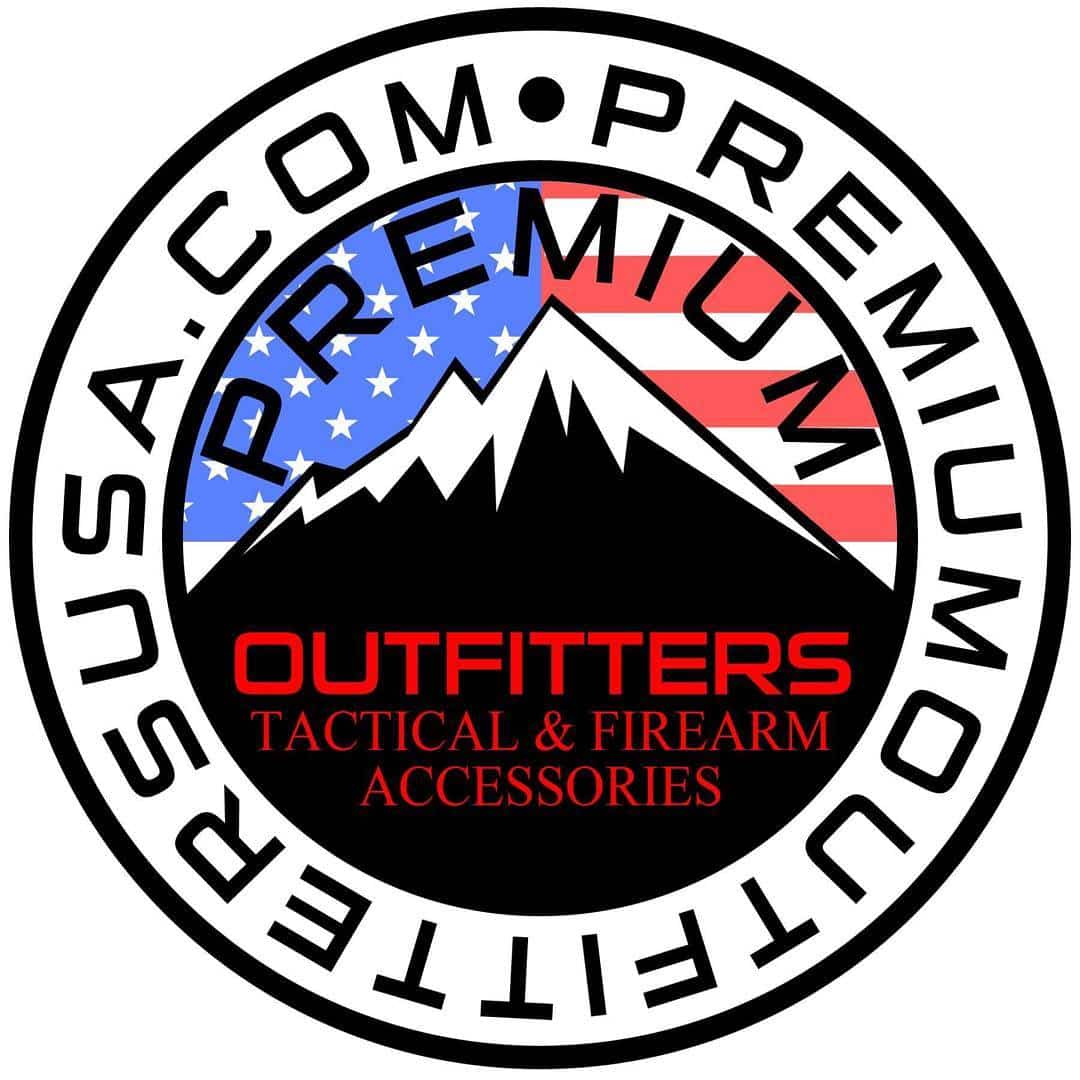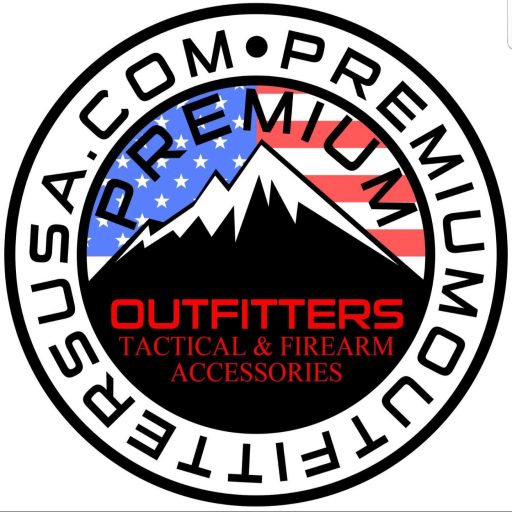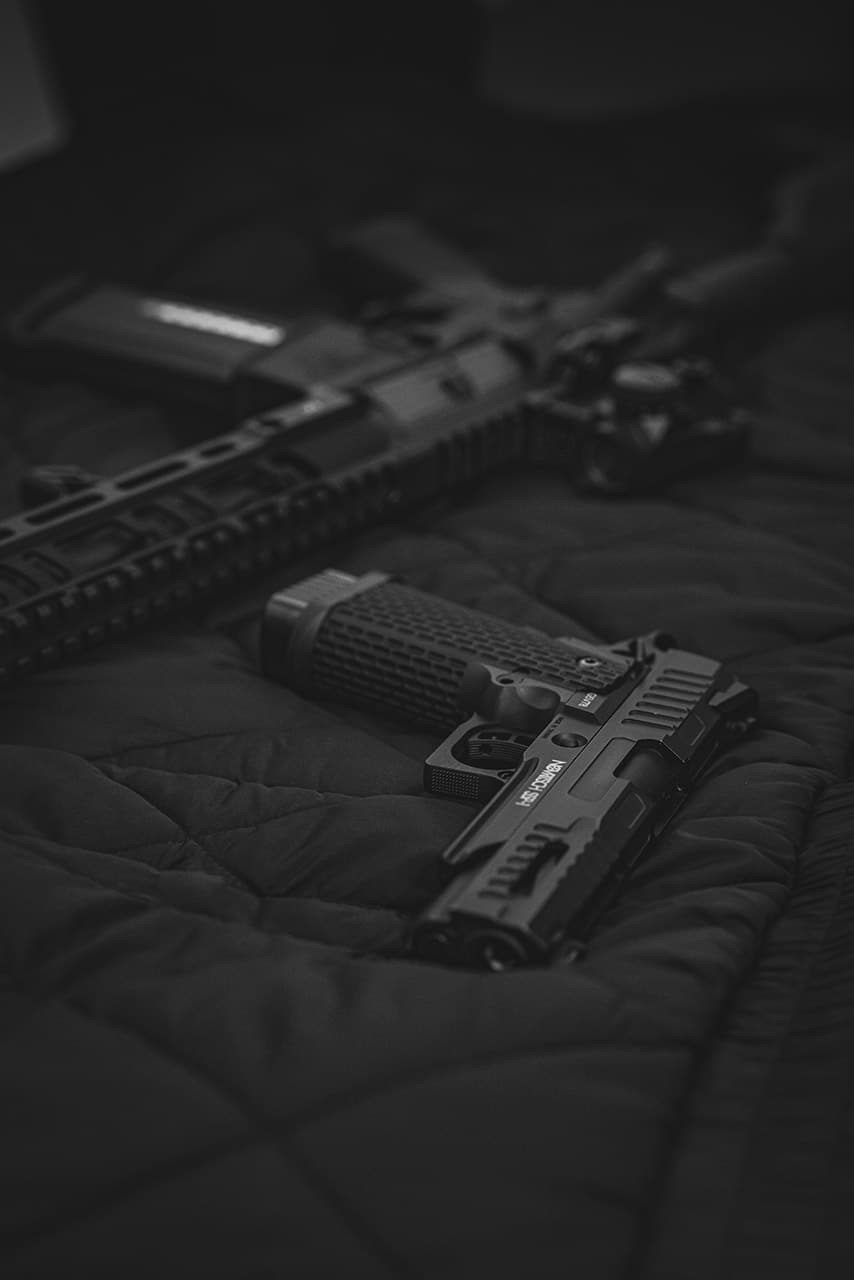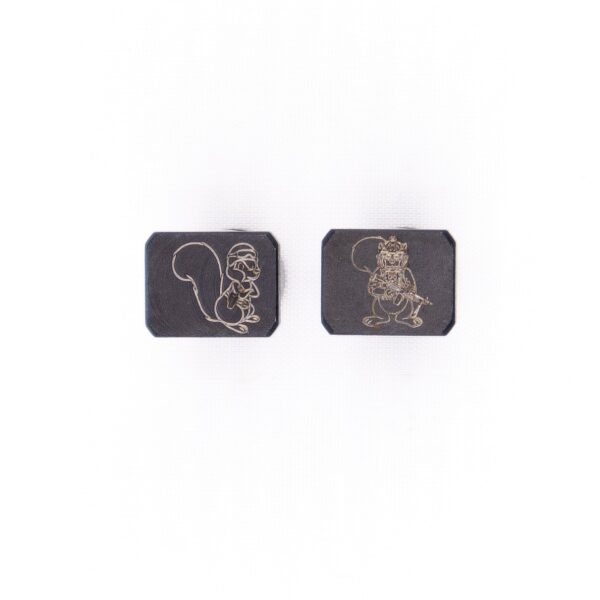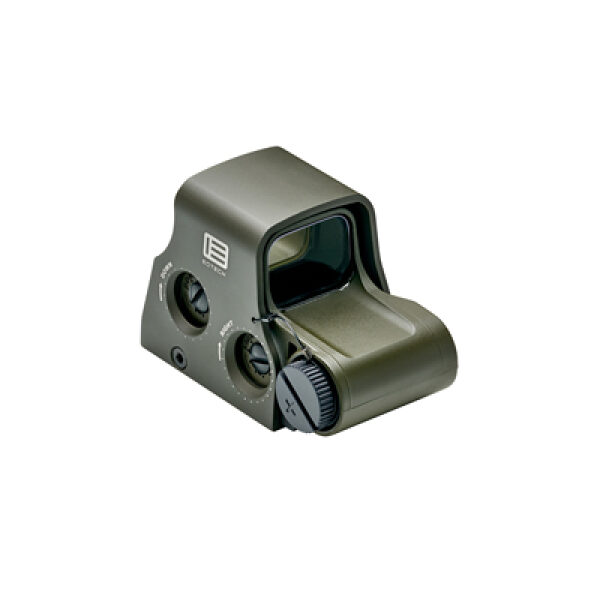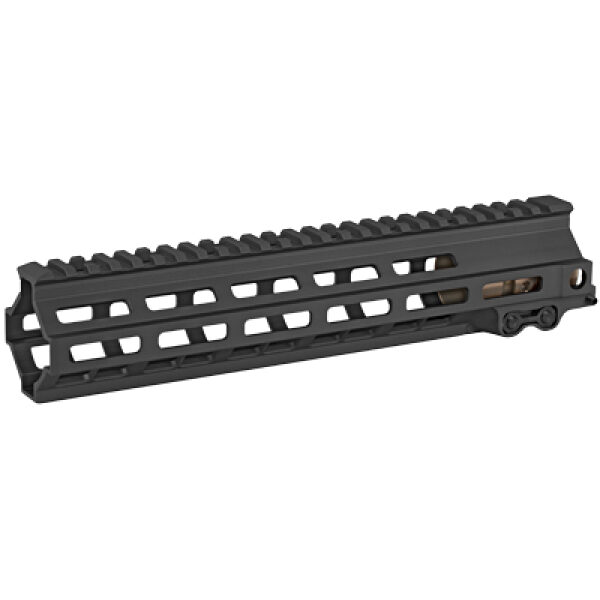A firearm is classified as any weapon designed to repel a projectile from a burst of explosive action. This means any device with a tube, projectile, and expulsion system is broadly categorized as a firearm. Interestingly, this makes homemade projects like potato guns technically a firearm. However, these devices are miles away from the guns that you’re more familiar with.
An Overview of Different Gun Types
Although guns have been around in American history since the Old West, gun literacy seems to have declined over the years. This raises a concern for conservatives who don’t know how to handle a gun. After all, people are afraid of the things they don’t understand.
The definition of a firearm applies to a wide range of guns, which is why it’s vital to understand the difference between a pistol and an automatic machine gun. Being more familiar with their differences is beneficial not just for hobbyists or law enforcement; it’s also helpful for common folk and even lawmakers.
In this article, we’ll go over each gun type and how it works for your benefit.
1. Revolvers
Revolvers are some of the earliest forms of handguns, with a capacity of up to seven bullets. It uses a revolving cylinder and a gun barrel firing mechanism. A single pull of the trigger pulls back the hammer and launches the bullet in the chamber as the firing pin hits the primer. Modern revolvers are typically easy to handle but come at a disadvantage with their ammo count.
2. Pistols
Pistols are a step above revolvers by letting go of the revolving cylinder mechanism.
Instead of being limited to six or seven rounds, it uses load cartridges from a detachable magazine inserted from the grip. This allows pistols to carry as much as 17 rounds per magazine.
Pistols are typically kept as a light firearm for people that don’t need a long firing range while exercising greater mobility. Although it’s not a primary weapon for heavily armed personnel, they will usually keep a pistol on them as a sidearm.
3. Rifles
Rifles typically fall under one of three categories: bolt action, lever action, and semi-automatic rifles. Each one has a unique quality that reflects the rifle design’s development over the years.
- Bolt Action Rifles: Bolt action rifles are fired manually by pushing a bolt forward and pulling a trigger. To reload, it’s necessary to pull back the bolt to empty the cartridge and put in a fresh cartridge to fire again. Since it has a long firing process, bolt actions have a slow rate of fire even if they’re typically accurate even at long distances.
- Lever Action Rifles: Unlike bolt action rifles, lever-action rifles are much easier to load with fresh cartridges. However, it’s still a single-shot firearm with a slow rate of fire.
- Semi-automatic Rifles: Semi-automatic rifles vary greatly in design, but each one’s loading mechanic allows for continuous rounds after pulling the trigger. It uses the gun’s gunpowder gases or momentum to continually eject cartridges, which lets one semi-automatic rifle carry close to thirty rounds per magazine.
4. Shotguns
Shotguns contain large barrels to fire steel or lead pellets instead of a single bullet. This makes their shot scatter in a cone-shaped pattern, creating a higher hit chance for lower accuracy. Shotguns can be single-shot weapons like a bolt action rifle. However, there are pump-action and semi-automatic variations of this firearm too.
Conclusion
If you have to handle different kinds of guns for your line of work, it’s only natural to educate yourself on the different types you can encounter. For your benefit, it’s vital to choose the appropriate gun that matches your needs. Thankfully, you can purchase quality products from reliable suppliers online.
At Premium Outfitters USA, we have a wide range of guns and ammo to conveniently purchase your firearm of choice. Additionally, we have professional firearms training courses to give you the right skill sets to improve your gun handling. Contact us today to buy your gun-related needs!
